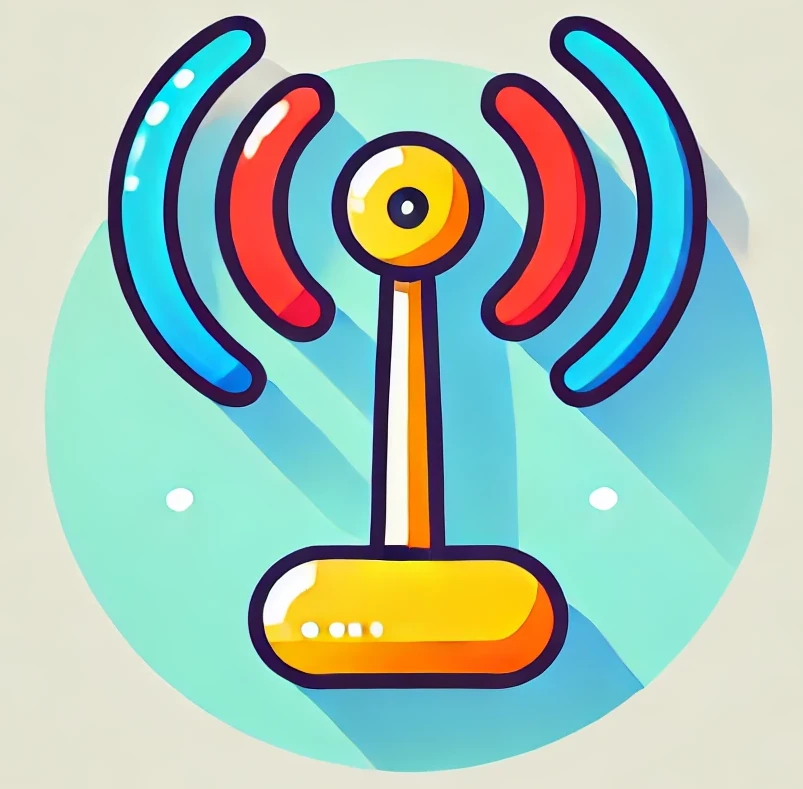Analyzing the battery lifetime of a remote pain monitoring system#
You are working as an R&D engineer in a new startup that develop a wearable facial mask for pain monitoring based on the paper IoT-Based Remote Pain Monitoring System: From Device to Cloud Platform.
Technical description#
eight channel electromyography sensor sampling at 1 kHz
each sample 16 bit
transfers data to a cloud server via a gateway in real-time
weighs ~39 g, so long term monitoring comfortable
Li-Po battery
ADC (analog digital converter) consumes 8.2 mW
Assumptions#
Pain monitoring system:
The device supports both cellular and Wi-Fi
NB-IoT, LTE Cat NB2, LTE band 20
Receiver and transmitter antenna are isotropic
Warning: This does not mean that every antenna in the scenarios are isotropic. The gateway antenna may be directional.
Miscellaneous losses 5 dB
Problem#
Analyze whether a 2000 mAh battery would be sufficient for the following scenarios and corresponding what-ifs. Come up with ideas for the individual scenario how to improve the battery life.
Your hardware designer colleague already mentioned:
Changing the battery model is not an option 😐
Scenarios:
Hiking: A week long hiking trip Sweden. The nearest base station is in LOS and never further than 10 km away.
What if your colleague wants to change the number of channels to 12?
City trip: The person strolls around town. The user is never further than 200 m from the nearest base station.
What if the base station is 400 m away?
Hygge at home: The person is in the town, but home in the lowest floor of a four floor apartment . There is a base station on top of another building 500 m away. This base station is on the other side of the building, so the signals have to penetrate two concrete block walls.
What if the user can see the base station from their panoramic floor-to-ceiling glass window, and the material is an energy-efficient silver-coated glass. Refer to the document TD-151 - Radio and Microwave attenuation in glass
Hygge at home Wi-Fi: Compared to 3, Wi-Fi at 2.4 GHz is used. The furthest distance is 20 m to the router.
What if the user has shut down 2.4 GHz channel and only uses 5 GHz?
Checklist#
You have a single PDF
containing analyses to all of the scenarios.
having short text which connects different sections, i.e., should be readable without sudden interruptions in the text flow.
The names of the contributing students are shown on the first page.
You wrote about your assumptions and reasoning, which may not be obvious to the reader, e.g.,
I assumed 2 dB extra miscellaneous loss due to interference of a nearby base station
I used Hata model for suburban environments, because the scenario describes a rural area
You used a reference for each non-obvious claim.
Example:
a 1900 MHz signals experiences a 60 dB loss through a glass window with one triple silver coating 2016, Vitro.
You cited your references inline and citations are clickable.
Ideally, the reader should be able to access your reference by clicking a link right after your claim. This makes fact-checking by the reader much easier.
Using formulas
the formula is presented
each formula component are described
the variables are substituted with the values.
the result is calculated
It is clear whether a value is in dB or linear.
Link budget calculations contain a table which summarizes the components
similar to Substitution and numeric evaluation ITU model.
Not only the writer, but additionally someone else read your piece, ideally someone outside of your group.
